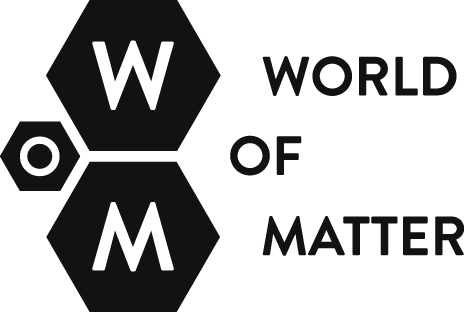Arlit Uranium Mine
Artist/Author: Ursula Biemann
There is a surprising number of sites in the Sahara where pivotal points in the migration network coincide with enormous deposits of natural resources. In Africa, the routes and hubs for moving raw materials and migrants frequently overlap. One such impressive case is the uranium towns of Arlit. The Tuareg rebellion in the mid 1990 was directly linked to uranium mining in Arlit and the exclusion of the Tuareg from the wealth found on their territory. The revenue from uranium extraction was shared among the French owners and the Nigerien elite in the remote capital who recruited miners from other ethnic groups from the south.
The discovery and extraction of one of the world’s largest uranium deposits was made in the early 1960s, at the height of the Cold War. The magnitude of mineral extraction in a fragile terrain of nomadic subsistence created a whole new condition for the Tuareg by amplifying their existing marginalization even further. This is what prompted the rebels not only to fight for their fair share of uranium revenues but to make another attempt at consolidating their nomadic tribes into a single nation state. In the end, the rebellion failed and ended with a peace treaty which promised better social integration in a state like Niger who doesn’t have much to offer in the first place.
However, the end of these poorly resolved differences over how to use and share common resources, was the beginning of a new development which was to have a far more disturbing effect on the former colonial exploiters of foreign resources. With the end of the Cold War and the onset of a globalized economy pushing for open markets, many West African economies, which were booming in the 80ies, began to deteriorate rapidly. The difference today is that in the globalized context with its heightened mobility, the consequences of such far-reaching transformations make their appearance in a more visible and locally expressive manner in a variety of locations. The migration routes from West Africa through the Maghreb and into the Mediterranean basin is an unmistakable expression of this visibility. The West African rice farmer, in vain competing with the subsidized US farmers, finally hires a Nigerien border guide in a formerly booming uranium town to dive through the Saharan basin, he reemerges off the Libyan shores where he gets tracked by EU frontex border patrols and administered by Red Cross personnel in Lampedusa’s refugee camps or on Mauritanians coast, before heading on to some other post-humanist location in France or elsewhere. The uranium mining town Arlit plays a pivotal role in this interconnected system.
/ub


